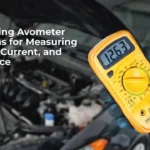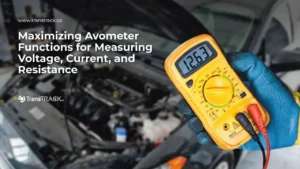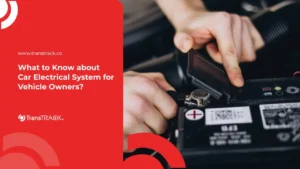How to Drive an Automatic Car on an Incline, Tips for Beginners!
Posted on September 21, 2023 by Nur Wachda Mihmidati
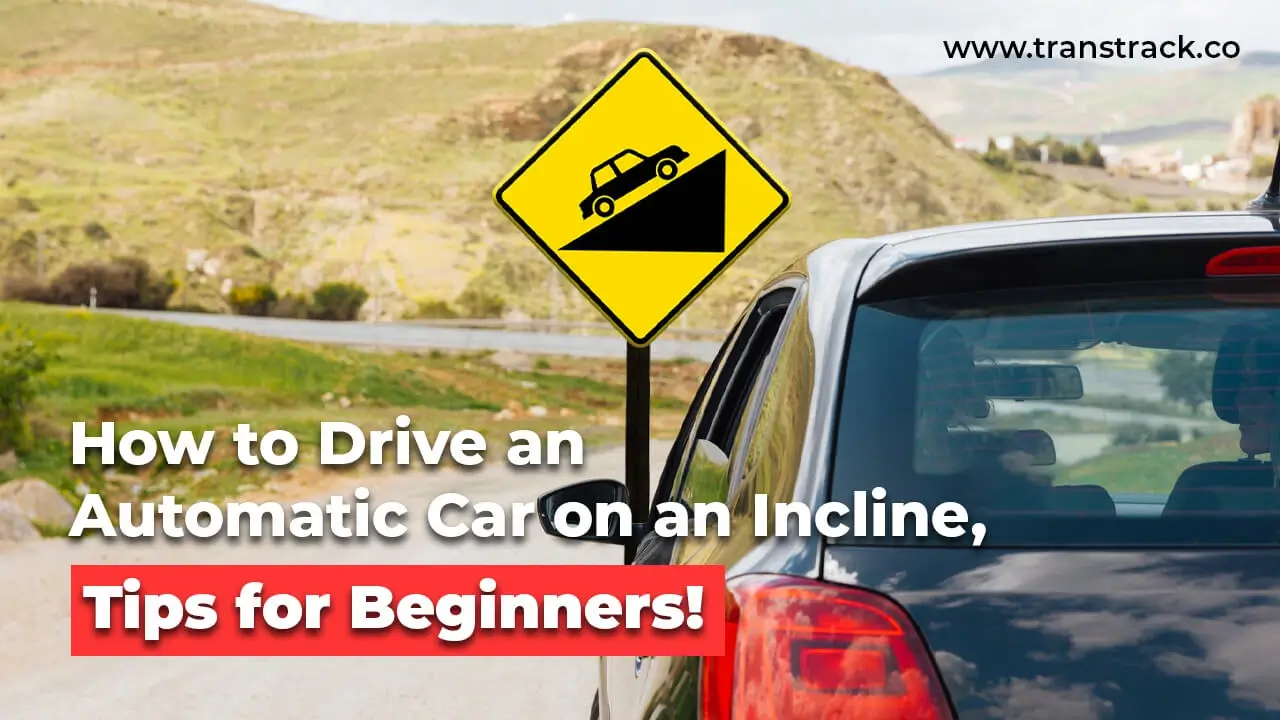
How to drive an automatic car – In the past, cars with automatic transmissions were only popular with older drivers and those who were not used to using manual transmissions. However, nowadays automatic transmission cars have become commonplace.
Not only are they easier (and more comfortable) to operate compared to a manual transmission, in some situations, automatic cars also have better fuel efficiency, and maintenance costs tend to be more affordable.
However, if you have never driven an automatic car before, it is very possible that you will feel awkward the first time you sit in the driver’s seat, considering that there is no clutch pedal and there are various setting options on the transmission lever. Get to know more in this TransTRACK article!
Before Starting Driving
The majority of automatic transmissions allow the driver to choose between ‘P’ (for park), ‘R’ (reverse), ‘N’ (neutral), and ‘D’ (drive) positions.
The ‘P’ position should only be used when you stop and are about to get out of the car. This aims to ‘lock’ the transmission and prevent the car from moving (but it is also necessary to apply the handbrake when parking).
The ‘R’ position does exactly what its name suggests – it is used when driving in reverse, similar to the use of reverse gear in a manual transmission.
The ‘N’ position is equivalent to the dead condition on a manual transmission. you should avoid selecting this when the car is moving, as this can cause the car to slide. However, the ‘N’ position can be used (along with the handbrake) during short stops.
The ‘D’ position will select the gear automatically and allow the car to move forward.
There are some automatic gearboxes that also provide a choice of first or second gear. This feature is useful in situations where you want to keep a low speed, such as when driving down a steep hill.
This option also helps in keeping the engine revs low and stopping wheel movement during towing in certain situations. For example, when driving in snow or cold weather conditions, it is often recommended to select second gear to prevent wheel slipping. Some automatic transmissions are even equipped with a special ‘winter mode’ to deal with such conditions.
It is important to note that the transmission lever or selector replaces the gear stick in an automatic transmission, so there are only two pedals: the accelerator and the brake. The clutch pedal found in manual transmissions is absent in this system.
Make sure not to step on the brake pedal reflexively as is usually done with the clutch pedal in a manual car. This action may cause sudden, undesirable braking.
How to Drive an Automatic Car
Although automatic transmissions are generally very easy to use, confusion often occurs when starting and stopping.
When you get into a car with an automatic transmission, the car should be in ‘park’.
- Place your right foot on the left pedal (brake) and press down
- Start the car by turning the key or pressing the start button
- With your foot still on the brake pedal, move the lever to position ‘D’ (if you want to go forward) or ‘R’ (if you want to go backwards).
- Take your foot off the brake pedal, this will make most automatic cars start moving slowly forward
- To gain speed, gently press your right foot on the right pedal (accelerator)
- Once it starts moving, the transmission will choose a gear that suits the situation and do all the heavy lifting for you
How to Stop a Matic Car
- When you reduce speed, the automatic transmission will automatically reduce gears for you.
- After the trip is complete, press the brake pedal until the car stops.
- While stopping, keep your foot on the brake pedal and move the lever to the ‘P’ position.
- Activate the handbrake (usually using the lever or button located next to the transmission lever).
- Then turn off the engine by turning off the ignition.
How to drive an automatic car on traffic jams
Facing an uphill road is the moment when you have to start the car when you are on a hill, whether it is going up or down. You may have to stop for traffic reasons, follow road signs (such as traffic lights or intersections on uphill roads), or maybe you have been parked for a long time. This may apply if you live in a hilly area, or if you pause to use your phone or look at a map.
Whatever the cause, it is important to master the technique for starting on an incline correctly. This is not only because these skills will likely be tested during practice exams, but also because getting them wrong can have devastating consequences.
Missing it could result in the car sliding down the hill, which could potentially endanger the safety of yourself, other road users and pedestrians. We don’t say this to scare you, but rather as a reminder of how important it is to understand the technique of starting uphill correctly.
The good news is that starting uphill is much easier if you learn with an automatic car compared to a manual transmission. And what’s even more encouraging, we’ve provided a clear guide on how to do it, so you can read it before going through the lesson, or use it to refresh your knowledge if you’re having trouble understanding it.
In the driving test, the examiner will observe your ability to drive smoothly and comfortably – including your ability to start on a hill. The key to success in starting smoothly on an automatic transmission is to adjust the engine speed well, not too low but not too high.
If you press the gas pedal too hard, there is a big possibility that you will experience a sudden jump forward. This is an aspect that you will best understand through practice and practice during driving lessons.
Conclusion
Learning how to drive an automatic car opens up vast opportunities and comfort while on the road. With the foundations discussed in this guide, you can confidently face a variety of driving situations, from heavy traffic conditions to steep inclines. Keep in mind that continuous practice produces better skills, and the more often you drive, the more your comfort and skill in driving a car will automatically increase.
To make your vehicle maintenance easier, we recommend using the Vehicle Maintenance System from TransTRACK. With the help of this tool, you can easily monitor brake fluid change schedules and other maintenance, and get notifications when maintenance time arrives. Therefore, don’t miss the importance of maintaining the braking system by using TransTRACK so that your vehicle is always in optimal and safe condition for your journey.
Topic :
Recommended Articles
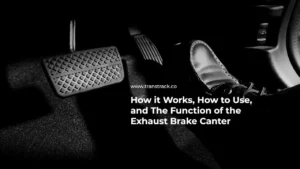
 Bahasa Indonesia
Bahasa Indonesia




